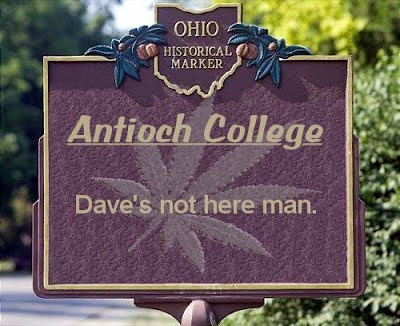Red Solo cup
I fill you up
Let's have a party!
Let's have a party!
The last day of February is always a bittersweet day for 2 or 3 lines.
Bitter because "29 Songs in 28 Days" is the ne plus ultra of my wildly popular little blog . . . its crowning achievement . . . the thing that makes 2 or 3 lines the real Slim Shady of pop music blogs.
Sweet because IT'S A PAIN IN THE ASS TO WRITE A POST EVERY DAY FOR A MONTH . . . especially when you readers just sit there and take, take, take, without giving anything back!
By now, you've no doubt figured out that the second of the two themes of this year's "29 Songs in 28 Days" is the visible spectrum.
The posts that appeared on even-numbered dates all featured songs with a title or artist whose name included one of the six pure spectral colors – violet, blue, green, yellow, orange, and red. Because 2 or 3 lines is nothing if not obsessive-compulsive, those color-related posts appeared in order, beginning with the shortest-wavelength color (violet) and ending with the longest-wavelength color (red).
Hence, we opened with Hole's "Violet" and are closing with Toby Keith's "Red Solo Cup," a song I had never heard of until five minutes ago.
* * * * *
Toby Keith is never afraid to tell it like it is:
Now, red Solo cup is the best receptacle
For barbecues, tailgates, fairs and festivals
And you, sir, do not have a pair of testicles
If you prefer drinkin' from a glass!
Actually, the song wasn't written by Toby. It was written by two pairs of brothers: Brett and Brad Warren and Brett and Jim Beavers. (Jim Beavers, who has co-written eight #1 country singles, has an M.B.A. from Vanderbilt. I bet he is the envy of everyone else in his class.)
A song this dumb shouldn't require four people to write it. I think it goes without saying that they weren't sober when they penned the lyrics to this bad boy. (When I say "weren't sober," I mean they were at eleven on a one-to-ten scale for inebriation.)
* * * * *
The red 16-ounce cup produced by the Solo Cup Company is the quintessential beer-drinking vessel. (Let he – or she – who has not filled a red Solo cup with cheap beer from a keg cast the first stone!)
As the song notes, red Solo cups are not only economical, but also help to save the earth:
As the song notes, red Solo cups are not only economical, but also help to save the earth:
Hey, red Solo cup is cheap and disposable
And in fourteen years, they are decomposable
Not to mention patriotic, too:
Solo Cup's first product was the familiar paper cone used to drink from bottled-water coolers. Over the years, Solo acquired a number of rival companies, including the Sweetheart Cup Company, which was once known as Lily-Tulip.
Solo Cup's first product was the familiar paper cone used to drink from bottled-water coolers. Over the years, Solo acquired a number of rival companies, including the Sweetheart Cup Company, which was once known as Lily-Tulip.
In 1951, Lily-Tulip built a huge factory in Springfield, Missouri, which I remember driving by several times when I was a kid. That building was notable for its entrance, which was an enormous faux paper cup:
By the way, Solo also makes a blue cup, which should NEVER be used for drinking beer from a keg.
* * * * *
You're no doubt expecting me to start down my usual narcissistic path here, telling one pointless tale after another about the parties where I used a red Solo cup to achieve an advanced state of intoxication. I could do that . . . but it's the end of the longest month of the year for 2 or 3 lines. I'm purt near plumb tuckered out.
So let's just cut to the chase. Click here to watch the music video for "Red Solo Cup," which features not only the irrepressible Toby Keith, but also Carrot Top, Lance Burton, Craig Ferguson, Eric Church, Joe Nichols, Roger Clemens, Larry Bird, Sammy Hagar, and . . . last but certainly not least . . . Ted Nugent!
Click below to buy "Red Solo Cup" from Amazon:



















































